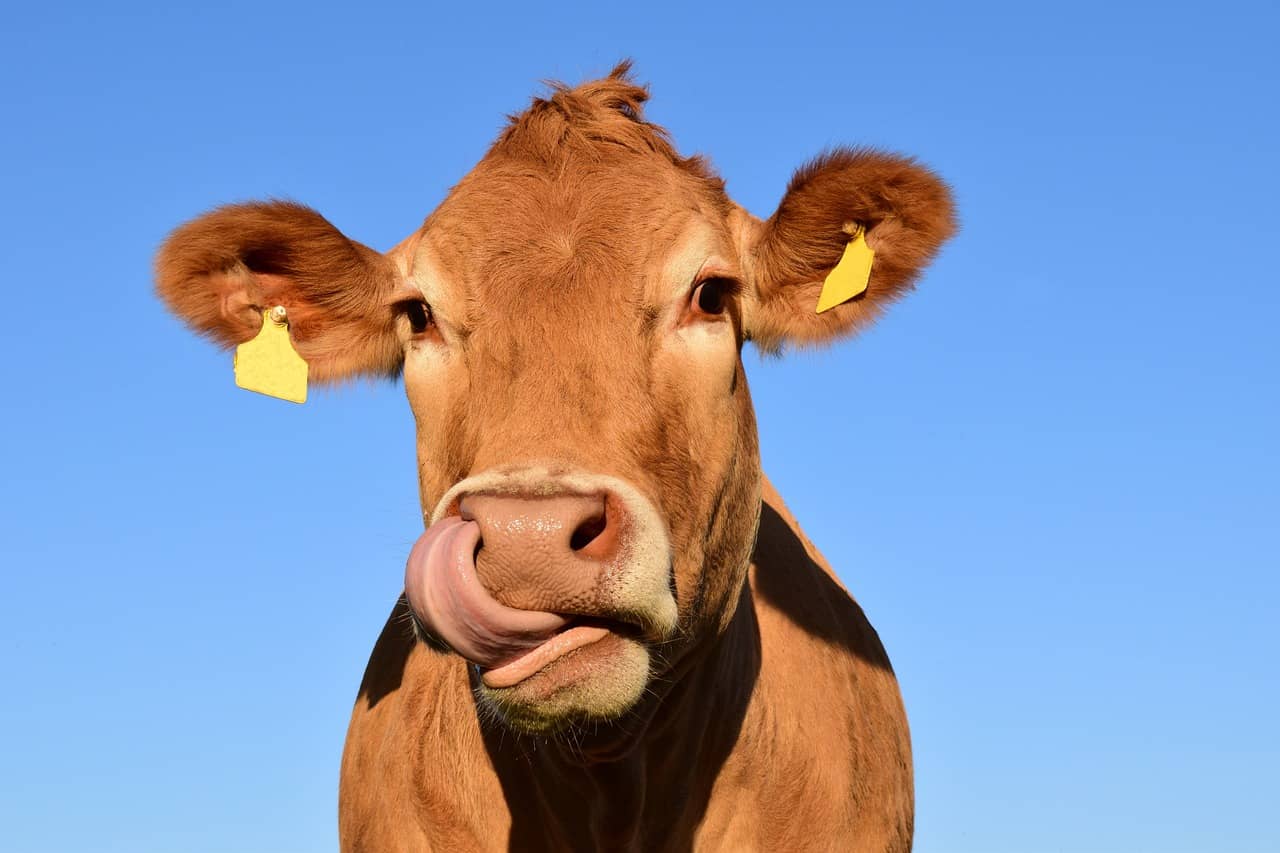
(NewsDakota.com/NorthDakotaAgConnection.com) – Tracking devices tell us everything from the number of steps we take to the amount of calories we consume to the hours of restful sleep we get at night, among other things. That data provides valuable information to those who are seeking it.
While the collection mechanisms are different, tracking data on cattle after they leave the ranch can offer beneficial information to cow-calf producers, said the experts at the Kansas State University Beef Cattle Institute on a recent Cattle Chat podcast.
“One of the best ways to get performance information on the calves after they leave the ranch is to retain ownership of them through the finishing phase,” said Phillip Lancaster, beef cattle nutritionist.
Lancaster explains that with this system, the beef producer assumes the expenses through cattle feeding, and the cattle are managed as a separate group than others in the feedyard. Producers can learn the rate of gain and feed efficiency of the cattle that are managed that way.
He said electronic identification via an ear tag allows the cattle to be tracked through the finishing phase and provides carcass information post-harvest.
“I would want to know the quality and yield grade scores and ribeye area post-harvest,” Lancaster said. “The dressing percentage would also be good to know.”
Veterinarian Brad White said quality grade is a measure of factors that influence the palatability of the meat, including the amount of marbling (shown as flecks of fat; the more marbling the more flavorful the meat is) as well as carcass maturity, firmness, texture and color. He said yield grade relates to the cutability of the carcass, meaning the percent of retail yield of the four main primal cuts of the chuck, rib, loin and round. Dressing percentage looks at how the carcass weight compares to the live weight of the animal at the time of harvest.
Along with looking at performance data, veterinarian Brian Lubbers said there is some valuable health information that can be shared by tracking the cattle through the cattle feeding phase.
“I would want to know the morbidity, meaning when did the calves get sick and with what disease as well as the mortality, which is knowing what they died of,” Lubbers said.
He added: “Cattle that get sick early in the cattle feeding phase are more of a reflection of what I can influence with herd health protocols in my cow-calf herd.”
Lubbers also said it would be helpful to know how the cattle from the producer’s ranch compared to the rest of the cattle on feed in that particular yard.
While this all is good information for cow-calf producers to have, White cautioned that retained ownership is not always a financially viable option.
“Retaining ownership greatly changes the producer’s risk and cash flow if they’ve sold their cattle at weaning in the past,” White said. “So, it is important to have risk management strategies in place if this is an option that producers choose to follow.”
If retaining ownership in the whole group of calves is too much risk for a producer, Lancaster offered another option.
“For smaller producers or those who don’t want to assume a great deal of risk, a steer feed-out program is a great option,” Lancaster said.
With this option, producers enter a percentage of their calves into the program and the cattle are managed in a group with other cattle. Producers pay the feed bill through the cattle feeding phase and are given information about how the cattle perform while live and post-harvest, according to Lancaster.
“If retaining ownership or a feed-out program are not options, developing a good relationship with the feedyard personnel will also give you some of the information you are seeking,” he said.
